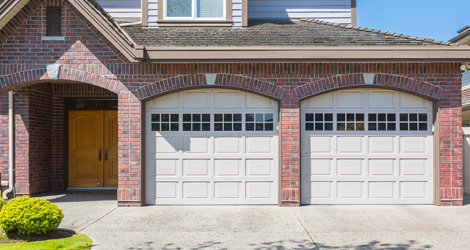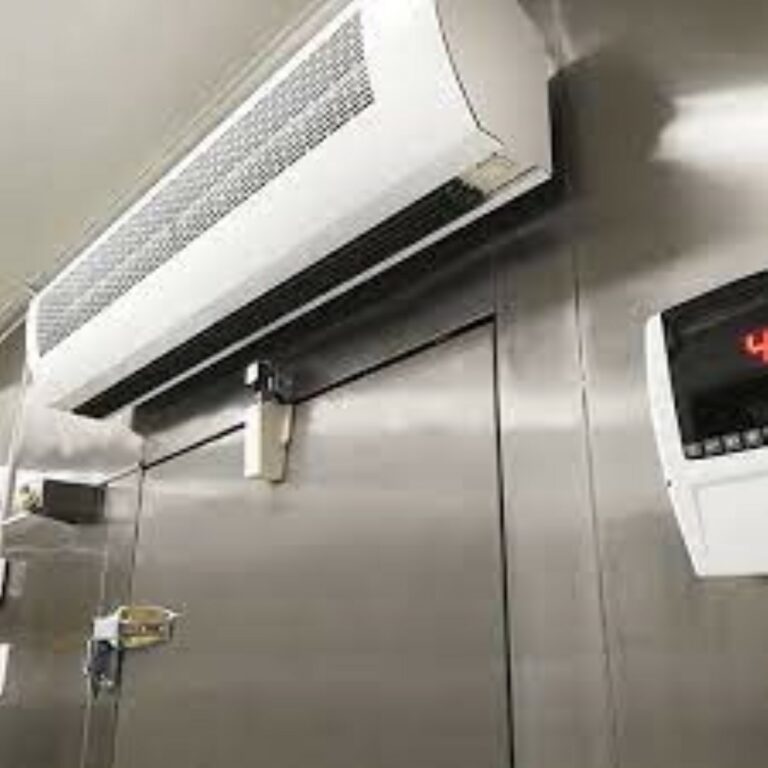DIY Carpentry for Home Repairs: Fixing Common Issues
tiger exchange, golden77, sky 99 exch id:DIY Carpentry for Home Repairs: Fixing Common Issues
Hey there, DIY enthusiasts! Are you tired of spending a fortune on hiring professionals for every little home repair issue that pops up? Well, fear not, because today, I have some valuable tips on how you can tackle common carpentry problems in your home all by yourself. With a little bit of know-how and the right tools, you can save time and money by taking on these projects on your own.
Let’s dive right in and explore some of the most common carpentry issues you may encounter in your home and how you can fix them like a pro!
1. Fixing a Sticking Door
There’s nothing more frustrating than a door that sticks or refuses to close properly. Luckily, this is a relatively easy fix. Start by examining the hinges to see if any screws are loose. Tighten them up and see if that solves the problem. If not, you may need to sand down the edges of the door slightly until it fits properly in the frame.
2. Repairing a Leaky Faucet
Leaky faucets are not only annoying but can also waste a significant amount of water if left unchecked. To fix a leaky faucet, start by turning off the water supply to the sink. Then, disassemble the faucet and inspect the washers and O-rings for any signs of wear and tear. Replace these components if necessary, and reassemble the faucet.
3. Patching up Drywall Holes
Accidents happen, and sometimes you may end up with a hole in your drywall. To patch up small holes, start by cleaning the area around the hole and applying a patching compound. Smooth it out with a putty knife and let it dry. Sand the area down once it’s dry, and you’re good to go!
4. Fixing a Squeaky Floor
Squeaky floors can be a nuisance, especially if you have a noisy household. To fix a squeaky floor, sprinkle some baby powder or talcum powder between the floorboards where they squeak. This should help reduce the friction and eliminate the squeaking noise.
5. Repairing a Wobbly Table or Chair
A wobbly table or chair is not only annoying but can also be dangerous. To fix a wobbly piece of furniture, start by tightening any loose screws or bolts. If that doesn’t solve the issue, you may need to reinforce the joints with wood glue or brackets.
6. Unclogging a Drain
Clogged drains are a common household problem that can be easily fixed with some DIY know-how. Start by pouring boiling water down the drain to loosen up any clogs. If that doesn’t work, try using a plunger to dislodge the blockage. For stubborn clogs, you may need to use a plumbing snake or drain cleaner.
7. Replacing a Broken Cabinet Door
If you have a broken cabinet door, don’t worry you can easily replace it yourself. Start by removing the hinges and hardware from the old door. Measure the dimensions of the old door and purchase a replacement of the same size. Install the new door using the existing hardware, and voila good as new!
8. Fixing a Jammed Window
Jammed windows can be a real headache, especially when you’re trying to let in some fresh air. To fix a jammed window, start by inspecting the tracks for any debris or obstructions. Clean out the tracks and lubricate them with silicone spray. If the window still doesn’t budge, you may need to replace the window hardware.
9. Repairing a Loose Handrail
A loose handrail can be a safety hazard, especially on stairs. To repair a loose handrail, start by tightening any screws or brackets that may be loose. If the handrail is still wobbly, you may need to reinforce it with wood glue or brackets for added stability.
10. Refinishing Wood Furniture
If your wood furniture is looking a little worse for wear, you can breathe new life into it with some refinishing. Start by sanding down the old finish and stain. Apply a fresh coat of stain or paint and finish with a protective sealant. Your furniture will look brand new in no time!
Remember, with any DIY project, it’s essential to prioritize safety. Always wear appropriate safety gear, read and follow the manufacturer’s instructions for tools and materials, and know your limits. If a project seems too complex or dangerous, don’t hesitate to call in a professional for help.
Now that we’ve covered some common carpentry issues and how to fix them, let’s move on to a FAQ section to address any lingering questions you may have.
FAQs:
1. Can I fix a leaking roof on my own?
Fixing a leaking roof can be a dangerous task and is best left to professionals. If you have a leaky roof, it’s essential to call a roofing contractor to assess the situation and make the necessary repairs.
2. How do I know when to repair or replace a piece of furniture?
If a piece of furniture has significant damage or structural issues, it may be more cost-effective to replace it rather than repair it. However, minor repairs such as tightening screws or replacing hardware can extend the life of your furniture.
3. What tools should I have in my DIY carpentry toolkit?
Some essential tools for DIY carpentry projects include a hammer, screwdriver set, drill, measuring tape, level, saw, sandpaper, and safety goggles.
I hope this article has inspired you to take on some DIY carpentry projects in your home. Remember, with a little bit of elbow grease and the right tools, you can tackle common home repair issues like a pro. Happy DIY-ing!







